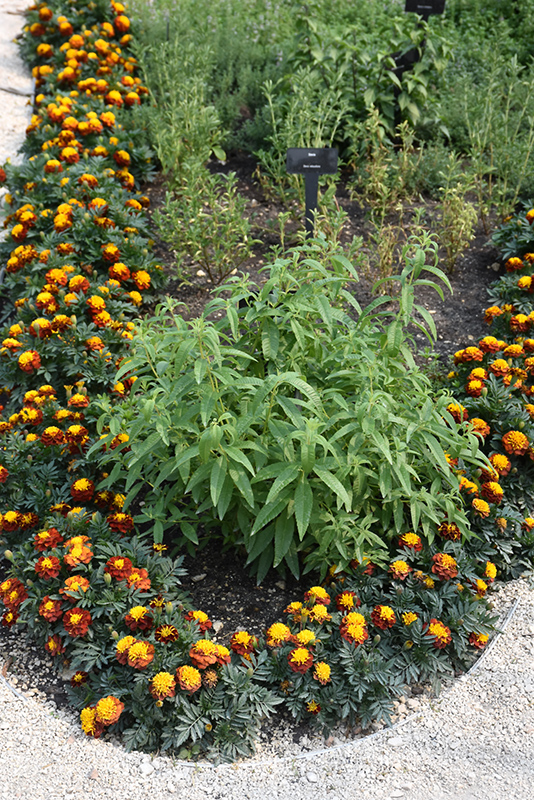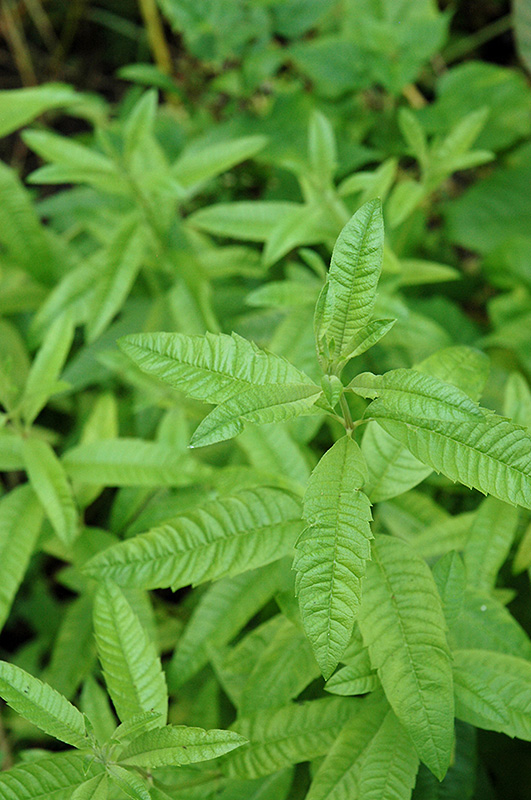Height: 15 feet
Spread: 15 feet
Sunlight:
![]()
Hardiness Zone: (annual)
Other Names: Lemon Beebrush, Aloysia triphylla, Lippia
Description:
A woody shrub, producing shiny, lanceolate green leaves with a strong aroma and taste of lemon; used for culinary purposes; grows quite large in frost free areas; subtle, fragrant white flower spikes appear from mid-summer to fall; great along walkways
Edible Qualities
Lemon Verbena is an annual herb that is typically grown for its edible qualities. The fragrant narrow emerald green leaves can be harvested at any time in the season. The leaves have a zesty taste and a pleasant fragrance.
The leaves are most often used in the following ways:
- Fresh Eating
- Cooking
- Baking
- Preserves
- Seasoning
- Tea
Planting & Growing
Lemon Verbena will grow to be about 15 feet tall at maturity, with a spread of 15 feet. Although it's not a true annual, this fast-growing plant can be expected to behave as an annual in our climate if left outdoors over the winter, usually needing replacement the following year. As such, gardeners should take into consideration that it will perform differently than it would in its native habitat.
This plant is typically grown in a designated herb garden. It should only be grown in full sunlight. It does best in average to evenly moist conditions, but will not tolerate standing water. It is not particular as to soil type or pH. It is somewhat tolerant of urban pollution. Consider applying a thick mulch around the root zone in winter to protect it in exposed locations or colder microclimates. This species is not originally from North America..
Lemon Verbena is a good choice for the edible garden, but it is also well-suited for use in outdoor pots and containers. Its large size and upright habit of growth lend it for use as a solitary accent, or in a composition surrounded by smaller plants around the base and those that spill over the edges. It is even sizeable enough that it can be grown alone in a suitable container. Note that when growing plants in outdoor containers and baskets, they may require more frequent waterings than they would in the yard or garden.
Disclaimer - This Plant Finder tool is an online resource representing many of the varieties that we carry over the course of the season, and is intended for informational purposes only. Inventory varies seasonally, so we cannot guarantee that every plant will be in stock at all times - please contact the store directly for current availability. It does not include our entire selection of plants, so be sure to visit our store to see varieties that may not be represented on this list.


